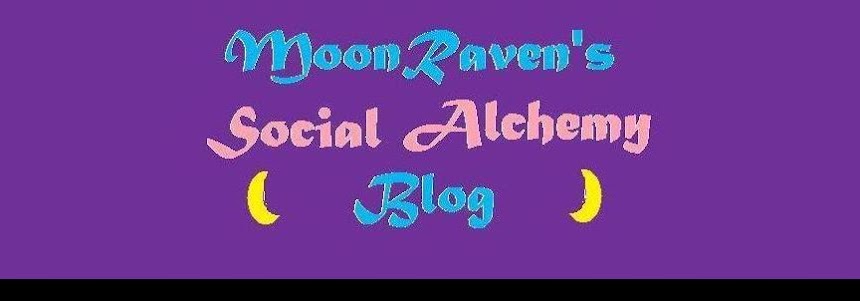Well, of course, there are all the books on complexity theory (see my post of 7/16/08). In addition, the book Chaos by James Gleick is a useful guide to see where complexity theory began. The difference between chaos theory and complexity theory is the difference between simple disorder and a system that balances between disorder and orderliness--spontaneous, coherent, self-organizing, cohesive, and alive in spite of it all. See my post on Steven Johnson's theories on Clustering and Coping (8/13/08) for more on this.
For take on complexity theory and its relationship to ecology, see Fritjof Capra's books The Web of Life and The Hidden Connections (which I reviewed on 8/25/08 and 8/27/08).
Two books that offer quite different ways of looking at the complexities of this society (and western civilization in general) are Ken Wilbur's A Brief History of Everything (and he's not kidding, he throws a lot more than you'd expect in his book--he sees the society as evolving and he is very clear where he thinks it's evolving to) and Chellis Glendinning's My Name is Chellis and I'm in Recovery from Western Civilization (she thinks civilization started going wrong when we began farming--as opposed to hunter-gathering--and sees our situation as parallel to people recovering from trauma, abuse, and addiction). I will write more about Glendinning's book in the future, but if you really want to look at the complexities of modern life, these two books give two very divergent (and comprehensive) lens to look at them with.
Quote of the day: "The edge of chaos is the constantly shifting battle zone between stagnation and anarchy, the one place where a complex system can be spontaneous, adaptive, and alive." - M. Mitchell Waldrop
Word (or phrase) of the day: Prior Appropriation
Hero(es) of the day: Rose Pastor Stokes
Tuesday, October 28, 2008
Subscribe to:
Post Comments (Atom)


3 comments:
Speaking of complexity and our social / material environment, just found this powerful new book, “Buyology” that discusses the neurology and biology of how we are wired to buy stuff, and how marketers use this against us, when we do not pay attention to advertising manipulation. Or perhaps why so many people are focused on self and material accumulation rather than healthy social collaboration, and evolving our perceptions of living with our planet and each other...
For example, people brains responded to corporate logos with the same attachment feeling when they were shown images of the pope, or religious icons...
This will be an interesting read for sure. Just imagine, the church of Coca-cola...
http://www.amazon.com/Buyology-Truth-Lies-About-Why/dp/0385523882
Excerpt from Amazon review:
“How much do we know about why we buy? What truly influences our decisions in today’s message-cluttered world? An eye-grabbing advertisement, a catchy slogan, an infectious jingle? Or do our buying decisions take place below the surface, so deep within our subconscious minds, we’re barely aware of them?
In BUYOLOGY, Lindstrom presents the astonishing findings from his groundbreaking, three-year, seven-million-dollar neuromarketing study, a cutting-edge experiment that peered inside the brains of 2,000 volunteers from all around the world as they encountered various ads, logos, commercials, brands, and products. His startling results shatter much of what we have long believed about what seduces our interest and drives us to buy. Among his finding:
Gruesome health warnings on cigarette packages not only fail to discourage smoking, they actually make smokers want to light up.
Despite government bans, subliminal advertising still surrounds us – from bars to highway billboards to supermarket shelves.
"Cool” brands, like iPods trigger our mating instincts.
Other senses – smell, touch, and sound - are so powerful, they physically arouse us when we see a product.
Sex doesn't sell. In many cases, people in skimpy clothing and suggestive poses not only fail to persuade us to buy products - they often turn us away .
Companies routinetly copy from the world of religion and create rituals – like drinking a Corona with a lime – to capture our hard-earned dollars.
Filled with entertaining inside stories about how we respond to such well-known brands as Marlboro, Nokia, Calvin Klein, Ford, and American Idol, BUYOLOGY is a fascinating and shocking journey into the mind of today’s consumer that will captivate anyone who’s been seduced – or turned off – by marketers’ relentless attempts to win our loyalty, our money, and our minds. Includes a foreword by Paco Underhill.”
Chris
Thanks, Chris. It sounds like a fascinating and scary read. I'll put it on my to read list.
Thanks, Chris. It sounds like a fascinating and scary read. I'll put it on my to read list.
Post a Comment